Understanding Large Language Models
Large Language Models (LLMs) represent an evolution of artificial intelligence technology, built on the backbone of deep learning techniques and trained on massive datasets. This section delves into the history and workings of LLMs. From the inception of language models at MIT in 1966 with ELIZA to the emergence of modern LLMs using transformer neural networks, we trace the growth and evolution of these advanced AI systems. We also delve into how LLMs work, starting from their training on large volumes of data and progressing to deep learning via transformer neural networks.
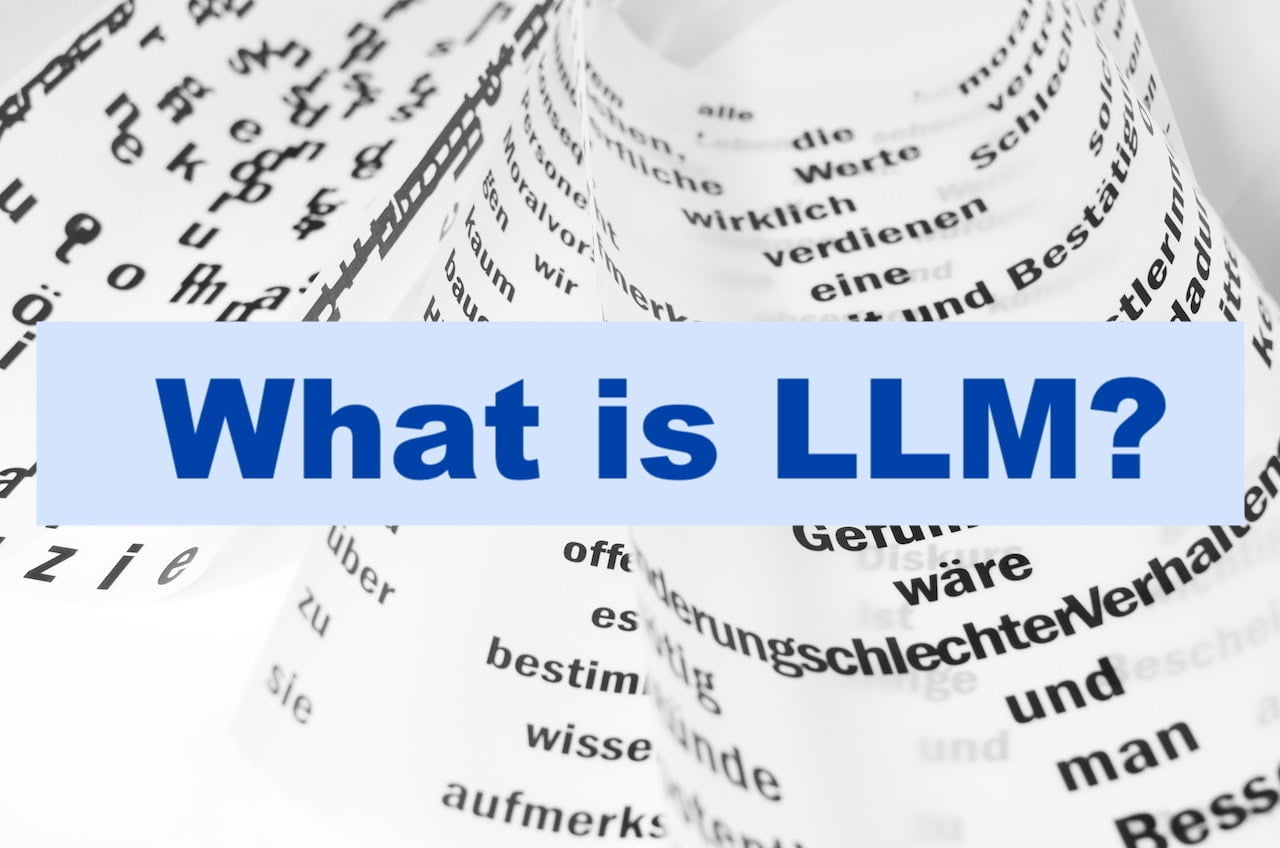
Types of Large Language Models
As LLMs continue to evolve, they have given rise to different categories, each having unique characteristics and applications. This section explores some of the major types of LLMs:
- Zero-shot models: Zero-shot models are LLMs that have been trained on a generic corpus of data, which enables them to produce fairly accurate results without any additional training. They can generalize learned knowledge to provide outputs for a wide array of tasks, making them versatile across a broad spectrum of use cases. One of the most prominent examples of a zero-shot model is GPT-3, developed by OpenAI. With 175 billion parameters, GPT-3 can generate human-like text by predicting the likelihood of a word given the previous words used in the text.
- Fine-tuned or Domain-specific models: These LLMs are a result of further training on top of zero-shot models like GPT-3. This additional training focuses on specific areas of expertise, leading to models that are more capable and accurate in those domains. For instance, OpenAI Codex, a domain-specific LLM for programming, has been fine-tuned from the base GPT-3 model. It can generate code based on given prompts, making it an effective tool for coders.
- Language Representation Models: These LLMs focus on representing language in a way that machines can understand. One popular language representation model is BERT (Bidirectional Encoder Representations from Transformers). It utilizes deep learning and transformers, making it well-suited for NLP tasks. BERT is trained to understand the context of words by analyzing the words that come before and after them in a sentence, improving its understanding of linguistic nuances.
- Multimodal Models: Traditional LLMs were mostly text-centric. However, the development of multimodal models has allowed for the integration of both text and images, significantly enhancing their capabilities. GPT-4, for instance, is a multimodal model that can generate descriptions for images and create text based on the images, widening its use cases to fields like computer vision and graphics.
Application and Impact of LLMs
LLMs have made significant strides in a number of areas, revolutionizing the way we handle tasks and paving the way for advancements in AI. Here are some of the notable applications and the impact of LLMs in different sectors:
- Text Generation: LLMs like GPT-3 have made great strides in the field of text generation. They can generate coherent, contextually relevant sentences and even complete articles. A striking example of this is the Guardian’s GPT-3-assisted article, where the AI wrote an essay convincing humans not to fear AI, highlighting how advanced these models have become.
- Translation: LLMs are also capable of translating languages with remarkable accuracy. For example, Facebook’s M2M-100, a multilingual machine translation model, can translate between any pair of 100 languages without using English data in the training process. This model represents a significant improvement in machine translation, opening up possibilities for more nuanced and accurate translations in the future.
- Chatbots and Conversational AI: One of the most widespread applications of LLMs is in the field of conversational AI and chatbots. OpenAI’s ChatGPT, for example, has demonstrated an impressive ability to engage in human-like conversations, answering queries and even exhibiting a sense of humor. This has significantly improved the quality of customer service and interactive online experiences, leading to a more natural interaction with technology.
- Content Summary and Analysis: LLMs have found substantial application in the summarization and analysis of text. For instance, BERT is often used to analyze and understand large blocks of text, providing concise summaries and extracting valuable insights. This is particularly useful for sectors such as legal and finance, where professionals need to parse through large volumes of documents.
- Coding and Programming: Domain-specific LLMs like OpenAI Codex have brought about a paradigm shift in programming. By converting natural language to code, Codex aids programmers in writing code more efficiently. GitHub’s Copilot, an AI-powered code completion tool, utilizes Codex and has made writing and reviewing code much easier, thus significantly impacting software development.
Challenges and Limitations of LLMs
Despite the remarkable advances and widespread applications, LLMs are not without their challenges and limitations. Understanding these helps in mitigating risks and setting realistic expectations for future developments. Let’s delve into some of these challenges from the perspective of major tech companies, and professionals from different fields:
- Development and Operational Costs: As Google AI noted in a blog post, training LLMs is resource-intensive and requires vast computational power. Large quantities of expensive graphics processing unit (GPU) hardware and massive datasets are required. Further, maintaining these models can be quite costly, limiting their accessibility to only large corporations or institutions with sufficient resources.
- Bias: AI bias is a significant concern with LLMs, as they learn from data that often contains human biases. Timnit Gebru, a former Google AI ethicist, raised concerns about the potential harms of biased AI systems, which can perpetuate discrimination and unfair practices. Large tech companies like IBM are investing heavily in bias detection and mitigation techniques, emphasizing the need for transparency in AI models.
- Explainability: LLMs, being complex systems, often operate as ‘black boxes’, making it hard to understand how they arrive at a particular result. This lack of transparency can be problematic in applications where accountability and traceability are critical. DARPA’s Explainable AI (XAI) program aims to address this issue by developing AI systems that can provide clear and understandable explanations for their actions.
- Hallucination and Inaccuracy: LLMs can sometimes generate information that wasn’t in the training data, a phenomenon known as “AI hallucination”. This could lead to the spread of misinformation or false data, as noted by the OpenAI team during the development of GPT-3. Efforts are being made to refine these models to minimize such instances.
- Security Risks: Researchers have found that LLMs can be manipulated into revealing sensitive information, posing a threat to privacy and security. In response, companies like Microsoft have implemented stringent security measures, and continue to explore stronger defenses against such vulnerabilities.
- Regulatory and Ethical Concerns: There are concerns about the use of LLMs without clear regulatory guidelines. Ethicists, legal professionals, and AI researchers like Kate Crawford, have urged for a societal debate and a regulatory framework to govern the use of such influential technology.
The Future of Large Language Models
The potential of LLMs continues to generate both enthusiasm and concern among experts, tech companies, and the media. With rapid advancements and expanding applications, the future trajectory of these AI models is a hot topic for discussion. Let’s explore some perspectives:
- Elon Musk’s Vision: Renowned tech entrepreneur Elon Musk, co-founder of OpenAI, has long championed the benefits of AI. Yet, he has also expressed concerns about the lack of regulatory oversight, once tweeting: “All orgs developing advanced AI should be regulated, including Tesla.” Musk’s vision is for AI to be developed responsibly and used to benefit humanity.
- OpenAI’s Mission: OpenAI’s approach is focused on ensuring that artificial general intelligence (AGI) benefits all of humanity. As part of its Charter, OpenAI commits to long-term safety and technical leadership, aiming to create AI that’s not just powerful, but that is used for the benefit of all, and to avoid enabling uses of AI that could harm humanity or concentrate power unduly.
- Google AI’s Viewpoint: Developers at Google AI have also expressed commitment to developing responsible AI. They believe LLMs, like their model BERT, will become even more efficient and versatile in the future. However, they also emphasize the importance of focusing on understanding and reducing the potential risks and biases associated with these models.
- Media Perspectives:
- The New York Times has praised the capabilities of LLMs, particularly GPT-3, for its ability to write essays, answer questions, and even write software code. However, they have also cautioned against potential misuse, such as the creation of deepfake content.
- MIT Technology Review has expressed concerns about AI bias and has urged companies to focus on developing AI responsibly. They argue that while LLMs are becoming increasingly powerful, they should be trained to understand and respect human values.
- The Wall Street Journal predicts that LLMs will continue to revolutionize industries, from customer service to content creation. Yet, they also acknowledge the ongoing debate about regulating AI and protecting user data.
- Contrarian Viewpoints: There are critics like Gary Marcus, a notable cognitive scientist, who argue that LLMs, despite their impressive performance, still lack a true understanding of language and context. He posits that without integrating reasoning abilities, LLMs will remain limited in their capabilities.
From these perspectives, it is clear that the future of LLMs is likely to be marked by incredible advancements, but it will also be crucial to navigate the associated risks. A common theme among experts and influencers is the need for ethical guidelines and regulatory oversight, in order to harness the potential of LLMs responsibly and for the common good. As we progress, the conversation around LLMs will continue to evolve, shaping the trajectory of this exciting technology.







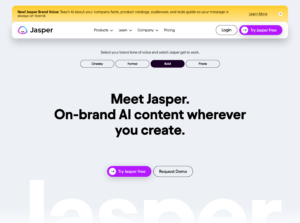
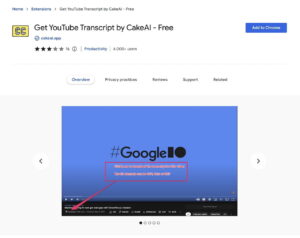





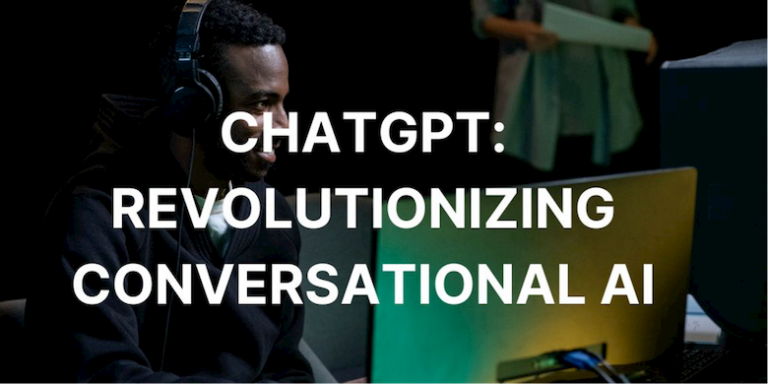
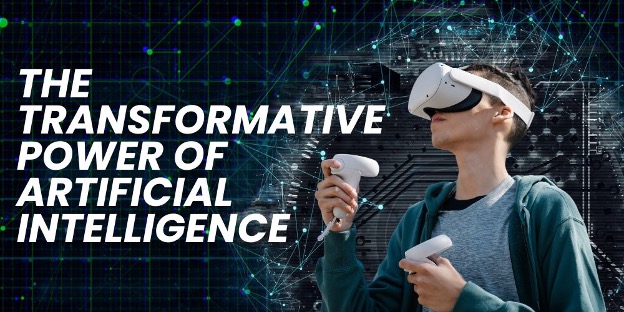
+ There are no comments
Add yours